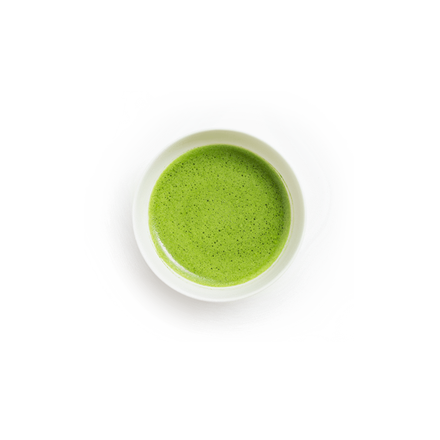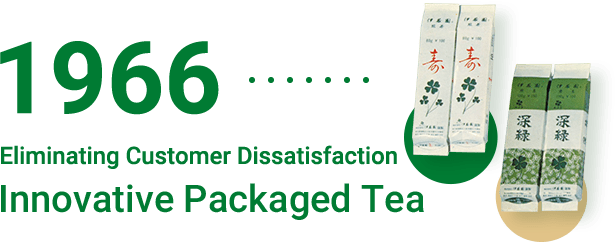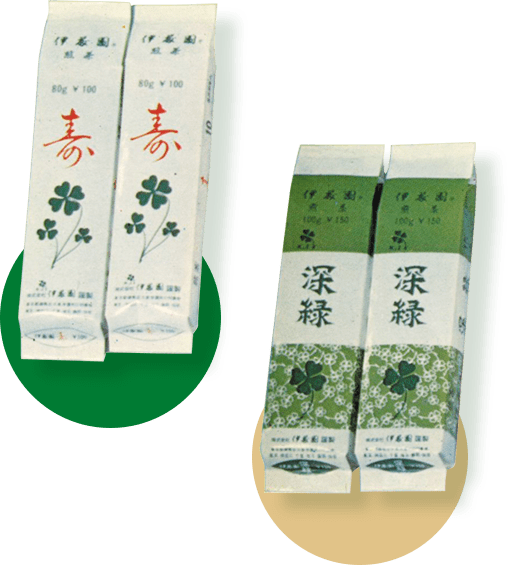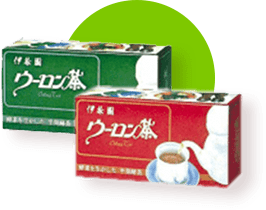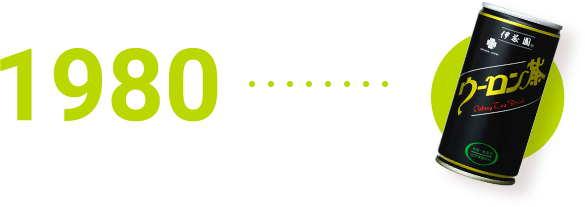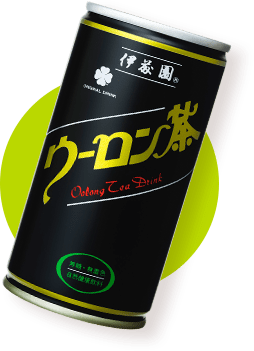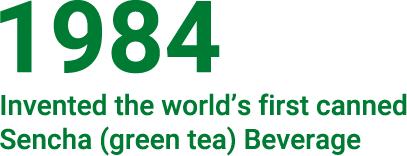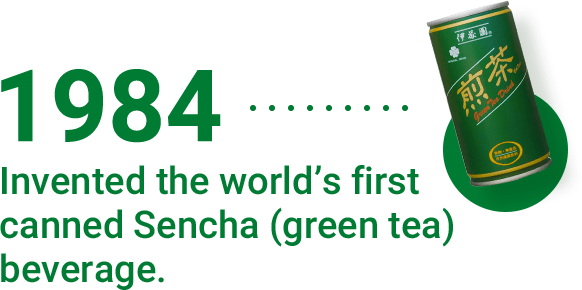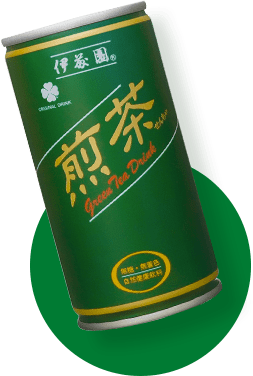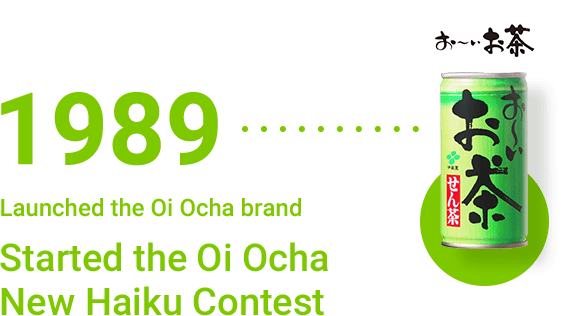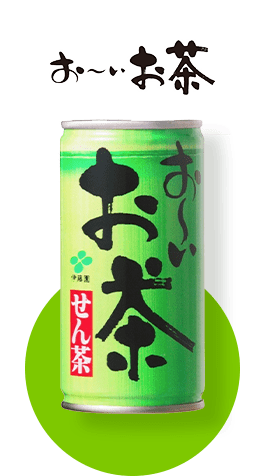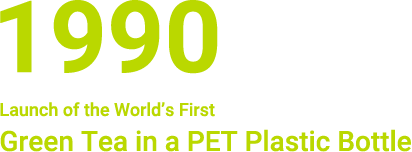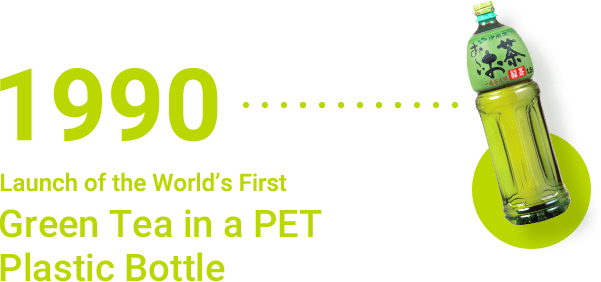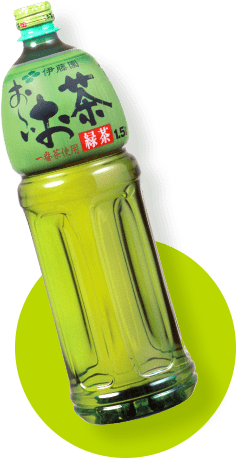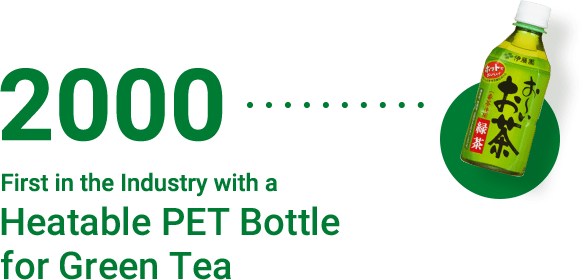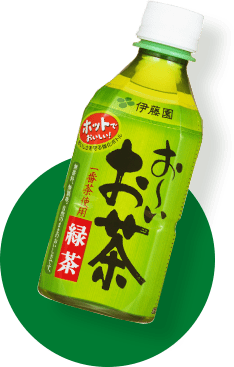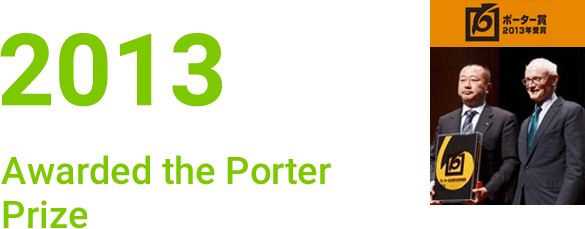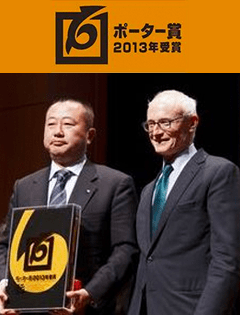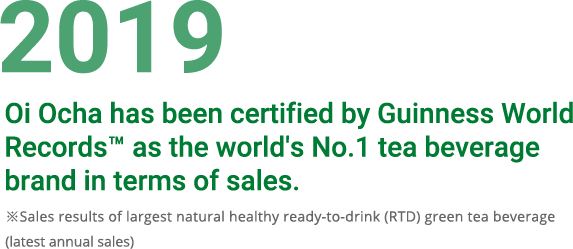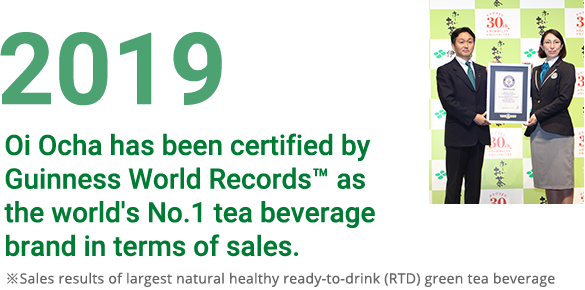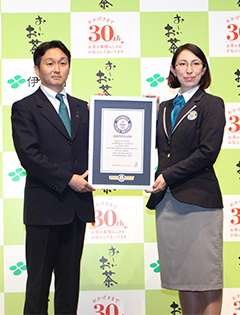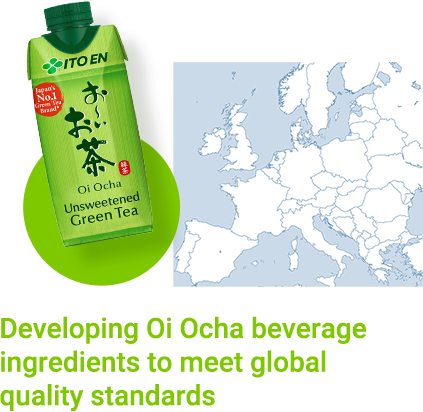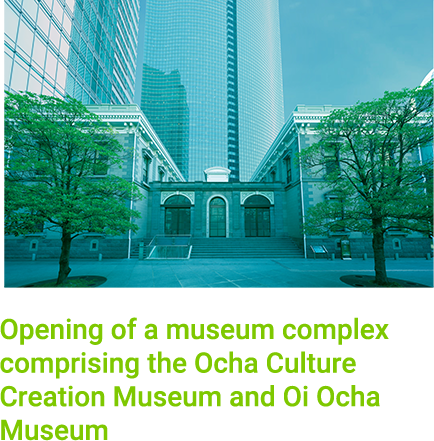ITO EN was selected as one of business magazine Fortune’s "50 Companies That are Changing the World" (in the September 1, 2016 issue). ITO EN was chosen in 18th place, making it the highest-ranking of the two Japanese companies featured in the list. The "50 Companies That are Changing the World" ranking began in 2015, making 2016 its second year. In compiling the ranking, Fortune selects companies in various fields from countries around the world that have resolved social issues through their businesses, and linked those solutions to real business results. Companies are evaluated based on the following three viewpoints.
- 1. Measurable social impact
- 2. Business results
- 3. Degree of innovation
ITO EN was recognized for its Tea-Producing Region Development Project, its Used Tea Leaves Recycling System and other unique initiatives through which it works to resolve social issues through its business as part of a consistent management strategy. The Tea-Producing Region Development Project was recognized as an initiative that seeks to revitalize local communities and resolve social issues--such as the problem of abandoned farmland and the shortage of successors to agricultural businesses--by increasing food self-sufficiency, facilitating stable farm management and by creating employment opportunities through the establishment of new tea plantations utilizing abandoned farmland. The Used Tea Leaves Recycling System was recognized for the development of new recycling methods for used teas leaves (aside from conventional uses such as fertilizer and animal feed), giving used tea leaves new life as a useful and effective resource.


